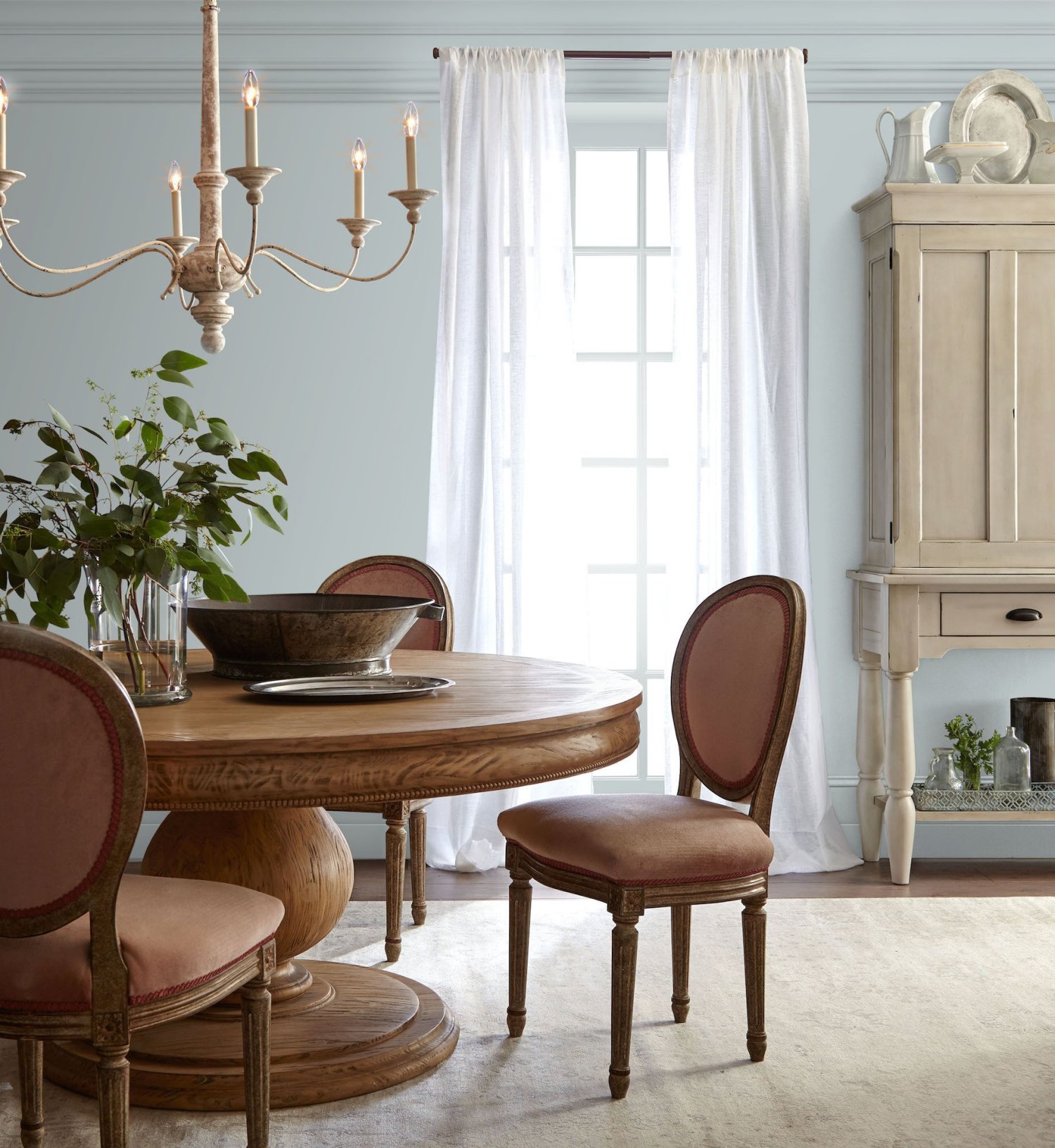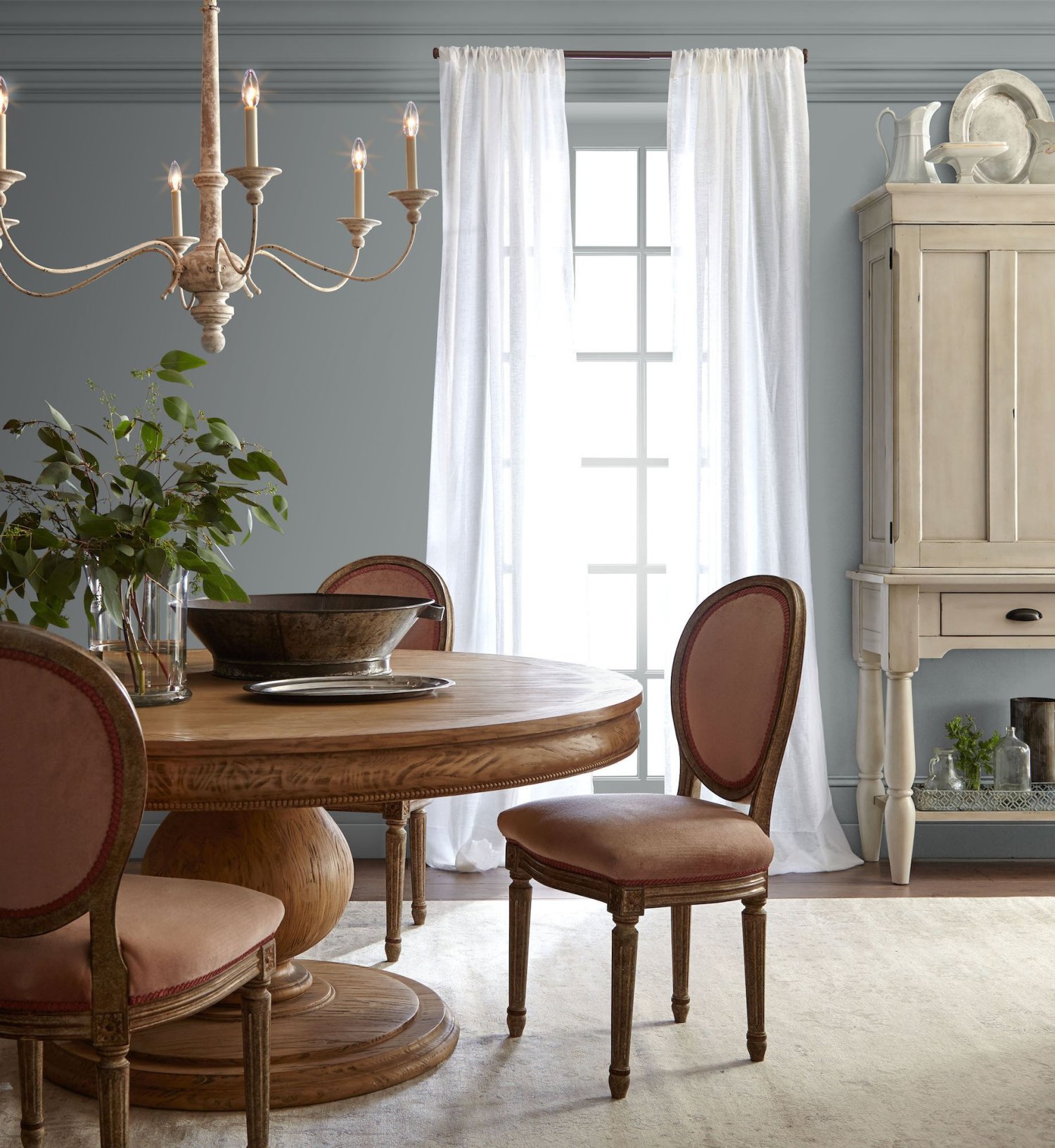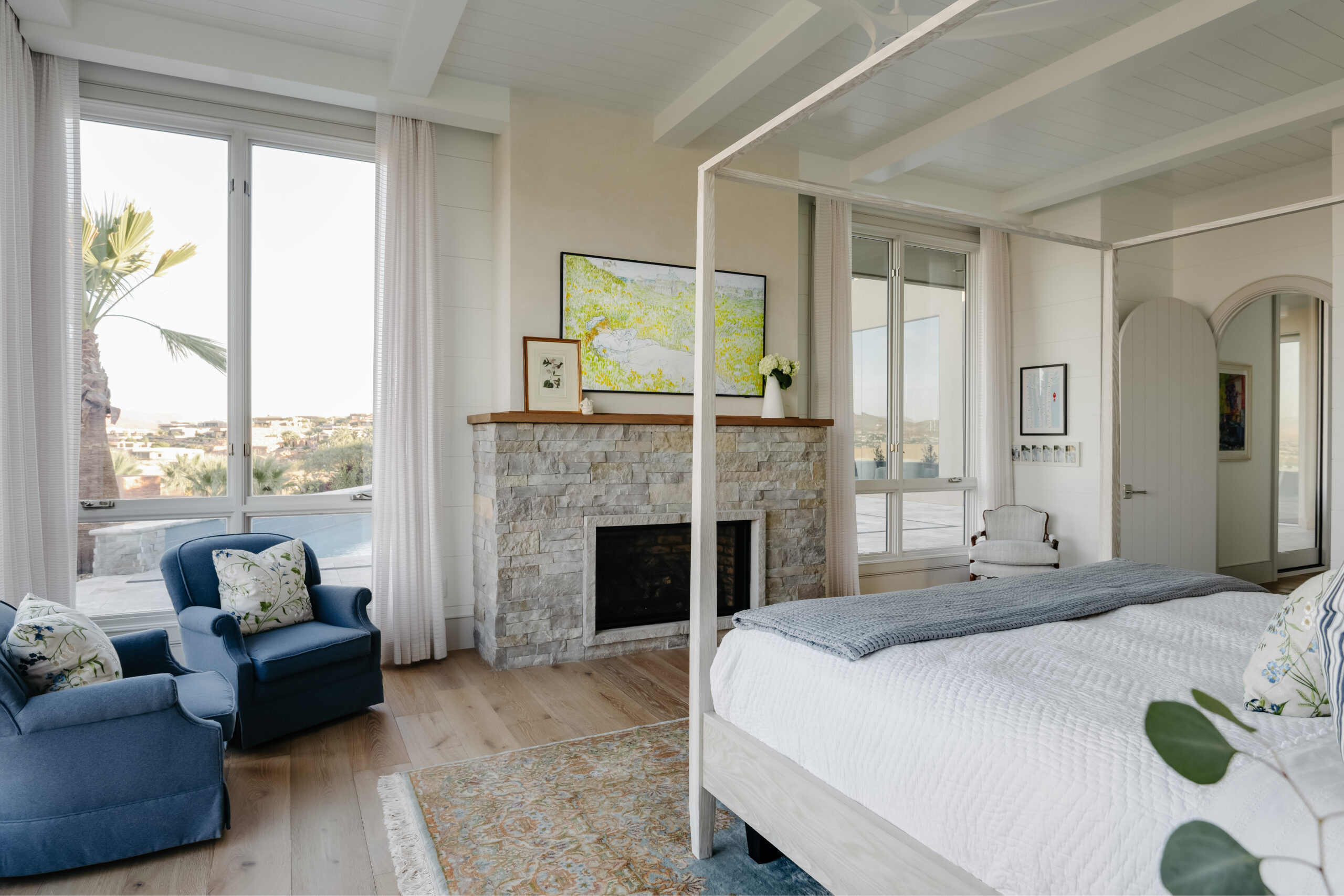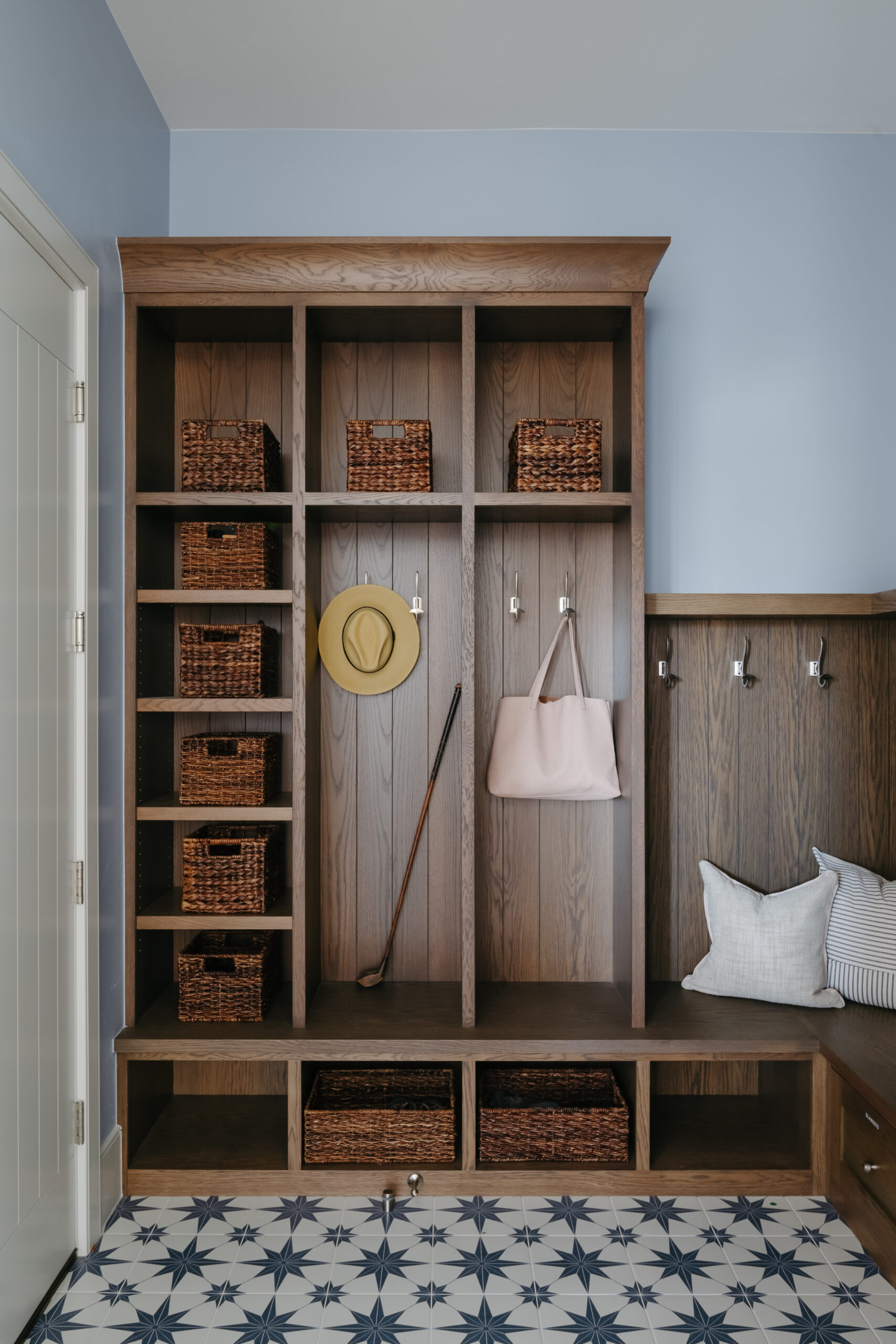How Interior Design affects Mental Health
Our surroundings have a profound influence on our mental well-being. Everything from wall color to furniture layout to clutter plays a pivotal role in our mental health. As interior designers, we recognize our additional responsibility as environmental psychologists. Beyond mastering design principles and architecture, we study the relationship between humans and their environment. This understanding allows us to craft spaces that align with the intended function, mood, feeling, and purpose. We believe well-designed interiors cater to psychological, social, and physical needs.
With most of our lives spent indoors, it’s important to incorporate design elements that uplift and promote healthy well-being. As we expound on how interior design affects mental health, we will highlight five areas to prioritize in creating a positive atmosphere in your home, workplace, or wherever you spend your time.
“The effect that the physical environment has on us often goes unnoticed and occurs on an unconscious level. However, almost every aspect of our psychology…who we are and what we do is massively impacted by the architecture and design around us.” – Stacy Speck at Cushing Terrell
#1 The Power of Color
Color is one of the most understood elements regarding emotions and psychology. A prime example is comparing a standard hospital to a children’s hospital; the greatest difference? Color! Children’s hospitals embrace lively colors to uplift spirits and instill hope in those staying there. While we often associate blue with sadness, yellow with happiness, and red with energy, there is much more to consider. It can be as simple as introducing colors that appeal to you or the absence of color that makes a meaningful difference.
As interior designers, we welcome all shades of color, recognizing their roles and positive influence when applied correctly. While the impact of a color hinges depends on its value and intensity, understanding the distinction between warm and cool tones is helpful. Warmer colors like red, orange, and yellow often evoke energy and happiness[1]. Cool colors such as blue, green, and violet induce calmness and relaxation, alleviating stress and anxiety. Neutral colors like beige and grey offer a sense of balance and can create a serene atmosphere.
This concept is evident when thinking about the colors used for specific businesses. Many fast-food chains use vibrant yellows, reds, and oranges in their logos and dining areas for higher stimulation. In contrast, hotels and lodgings use calming hues of blues and purples for a sense of coziness.
How to apply color:
When choosing colors for your interior space, consider the colors you gravitate to and the mood you want to create. It can be as minimal as adding colorful artwork to your office or a new quilt to your bed. One of the most impactful ways to feel the power of color is changing the wall color; the same room can feel spacious, cozy, or cramped, depending on the wall color and placement. A light value will make a room appear larger, while the same hue in a darker value will make the room appear smaller[2]. Darker colors can also make it feel cozier or moodier. The key is to find a balance and select a color that positively influences the space without overpowering it.


Photos by Magnolia
#2 The Power of Light
We view our environment and surroundings through light, which strongly affects how space, objects, and color are perceived[3]. It is well known that as the winter season approaches, seasonal depression rises; this is attributed to decreased sunlight exposure[4]. This trend provides a glimpse into how much light impacts us mentally. Recognizing that natural light affects us physiologically and emotionally, we have found that quality rather than quantity must be considered[5]. Utilizing light improves a space’s mood, highlights objects and areas, enhances color, and influences spatial perception.
How to apply light:
This element is the most straightforward; add light! Open the blinds, drapes, and windows, and let the natural light shine in. Countless studies show that natural light has a powerful and positive effect on mental health, physical health, and general well-being[6]. Try bringing in layers of light with wall sconces, lamps, candles, and mirrors to brighten the room. While natural light is preferable, artificial light with a warm tone is the best alternative.

#3 The Power of Clean Spaces
We know having a clean room and tidy house is beneficial, but did you know it affects your mental health? Psychologists have discovered that living and working in cluttered spaces causes stress and anxiety, interfering with mental health and productivity[7]. In cluttered surroundings, feelings of overwhelm, lack of control, and difficulty managing one’s life often prevail. Clutter also takes up space, another important element of interior design.
How to Apply Clean Spaces:
More than just cleaning a space, aim to establish a functional living environment where each item you love has a home, making it easier to maintain a decluttered lifestyle. Whether choosing appropriate sizes and amounts of furniture, incorporating multi-use pieces, adding helpful storage solutions, or utilizing each room for its intended purpose. If you’re struggling to find function in your home, talk with an Interior Designer; they will analyze your needs and situation to create a design suited to your lifestyle.


“The environment is not going to control or change or completely shape your mood but it could be the thing that tips the scales.” – Tamie Glass, Interior Designer
#4 The Power of Organic Elements
“Organic elements” include anything from nature, whether plants, animals, water, or natural materials. Looking back to being quarantined during COVID-19, many of us experienced a longing to be outside, enjoy nature, and escape our seemingly small quarters. During those times, it was challenging not to feel mentally down.
Within our busy schedules and bustling cities, it’s difficult to immerse in nature regularly. However, even in such circumstances, simple adjustments can still yield significant benefits. In a ten-year study, two groups of hospital patients who undertook the same surgery were observed. The first group recovered in rooms with windows looking out on a natural scene, while the second group had a view of a brick building wall. They found that hospital patients who recovered in rooms with a view that included nature received fewer negative evaluations from nurses, needed fewer painkillers, and recovered quicker[8].
How to Apply Organic Elements:
The goal is to integrate natural elements into your home. According to the Journal of Physiological Anthropology, simply incorporating plants into a home or workspace helped individuals feel comfortable, soothed, and reduced stress[9]. Besides adding house plants, pull back the drapes or open windows to better view the outdoors and let in fresh air, use water features, or use natural materials such as wood, stone, and wool to add a natural feeling to your home.


#5 The Power of Your Preferences
Within design preferences, there are some things that all humans universally like. For instance, having an office with a window is generally favored over one with a blank wall[10]. Besides the principles previously mentioned, it’s important to remember that design is deeply personal and unique to each individual. As humans, we like to make spaces feel like ours. This is apparent in a corporate office setting; everyone has their own pictures, accessories, and trinkets on their desk. These personal touches bring significance and help them feel more at home.
How to Apply Your Preferences:
While it is easier to follow the trends and conform to popular opinions, it’s most important to incorporate things that speak to you. Don’t be afraid to create your own personal style; in the end, it is your home, office, or space. If you need direction, first think of the intention. Ask yourself what kind of activities and mindset you want to convey. Then, recall where you last experienced those feelings. Were you outside, in a restaurant, or at your grandma’s house? Take inspiration from those environments and work to include them in your space. It could be a particular color scheme, artwork style, furniture design, or sense of openness.


“The difference between a house and a home is essentially psychological. You can have the very same building, and one person can feel at home, and somebody else doesn’t feel at home at all in it.” – Dr. Sam Gosling, Psychologist
As we observe the profound impact of our surroundings, it becomes apparent how interior design and mental health go hand in hand. If you feel discouraged or want to elevate your life, look at your surroundings and where you reside most. Do the colors, light, materials, and belongings support your psychological needs? Consider implementing the principles mentioned and experience their transformative effect. As Interior Designers, we are passionate about creating an environment where you feel comfortable and at home. Talk with one of our designers to be inspired and find a specific direction for your space. While we’ve only scratched the surface of how interior design affects mental health, explore the additional resources below for a deeper dive into the art of positively shaping your environment.
Sources
1 “How Do Colors in My Home Change My Mood? Color Psychology Explained.” Mental Health America, mhanational.org/surroundings/color-psychology-explained. Accessed 27 Oct. 2023.
2 Ballast, David Kent. “2-10 The Psychology of Color.” Interior Design Reference Manual: Everything You Need to Know to Pass the NCIDQ Exam, Professional Publications, Belmont, CA, 2013, pp. 2-10.
3 Ballast, David Kent. “2-13 Light.” Interior Design Reference Manual: Everything You Need to Know to Pass the NCIDQ Exam, Professional Publications, Belmont, CA, 2013, pp. 2-13.
4 “Seasonal Affective Disorder.” National Institute of Mental Health, U.S. Department of Health and Human Services, www.nimh.nih.gov/health/publications/seasonal-affective-disorder. Accessed 27 Oct. 2023.
5 Ballast, David Kent. “2-13 Light.” Interior Design Reference Manual: Everything You Need to Know to Pass the NCIDQ Exam, Professional Publications, Belmont, CA, 2013, pp. 2-13.
6 Ask the Doctors. “Being in Natural Light Improves Mood, Increases Happiness.” UCLA Health, 2022, www.uclahealth.org/news/being-in-natural-light-improves-mood-increases-happiness#:~:text=Decades%20of%20studies%20have%20shown,health%20and%20general%20well%2Dbeing.
7 Mills, Kim, and Joseph Ferrari, PhD. “Why Clutter Stresses Us out, with DN. Joseph Ferrari, Phd.” American Psychological Association, Feb. 2023, www.apa.org/news/podcasts/speaking-of-psychology/clutter.
8 Ulrich, Roger S. “View through a Window May Influence Recovery from Surgery | Science – AAAS.” Science, 1984, www.science.org/doi/10.1126/science.6143402.
9 Lee, Min-Sun, et al. “Interaction with Indoor Plants May Reduce Psychological and Physiological Stress by Suppressing Autonomic Nervous System Activity in Young Adults: A Randomized Crossover Study.” Journal of Physiological Anthropology, U.S. National Library of Medicine, 28 Apr. 2015, www.ncbi.nlm.nih.gov/pmc/articles/PMC4419447/.
10 Spector, Nicole. “Where You Sit or Stand at Work Can Boost Your Productivity.” NBCNews.Com, NBCUniversal News Group, 21 May 2018, www.nbcnews.com/better/pop-culture/sitting-window-can-boost-your-productivity-ncna873991.
Ready to get started?
Let us help you cultivate your ideal home!